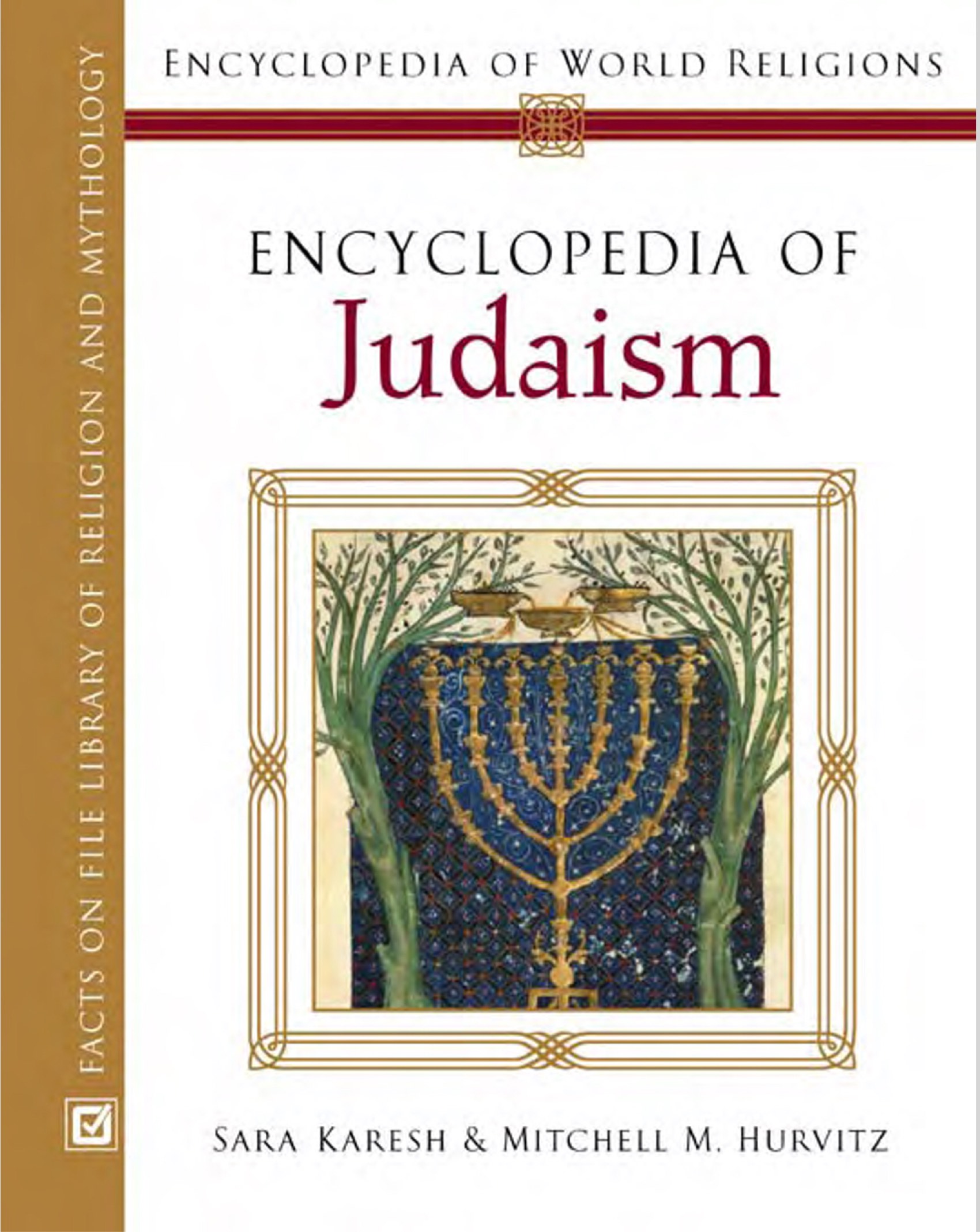Encyclopedia of Judaism
Here is a summary of the “Encyclopedia of Judaism” by Sara E. Karesh and Mitchell M. Hurvitz:
Purpose:
This comprehensive reference work explores the beliefs, practices, history, people, places, and texts that shape Judaism. It’s part of the Encyclopedia of World Religions series and presents Judaism as a diverse, historical, and evolving tradition.
Key Themes:
1. Historical Development:
• Traces Judaism from the time of the Patriarchs (Abraham, Isaac, Jacob) to modern Israel and global Jewish communities.
• Describes critical events such as Temple destruction, Diaspora, Holocaust, and the foundation of the State of Israel.
2. Sacred Texts and Law:
• Details foundational texts: Tanakh (Hebrew Bible), Mishnah, Talmud, Midrash, and legal codes like the Shulchan Arukh.
• Explains the development of halakhah (Jewish law) and aggadah (narrative traditions).
3. Movements and Denominations:
• Covers sects from ancient times (Pharisees, Sadducees, Essenes) to modern movements like Orthodox, Reform, Conservative, Reconstructionist, and Hasidism.
• Highlights internal debates and religious reforms, such as the emergence of Neo-Orthodoxy, Jewish Enlightenment (Haskalah), and Zionism.
4. Cultural and Religious Practices:
• Explains Jewish holidays, rituals, dietary laws, worship practices, and life cycle events.
• Discusses symbols like the Menorah, Mezuzah, Tallit, and Star of David.
5. Notable Figures and Communities:
• Includes biographical entries on religious leaders, scholars, and public figures.
• Describes Jewish life across different regions including Europe, North America, the Middle East, and Asia.
6. Modern Issues:
• Explores contemporary themes like Jewish identity, antisemitism, interfaith dialogue, and Jewish feminism.
• Notes tensions between tradition and modernity, especially in diaspora communities.
This encyclopedia provides an A–Z guide of approximately 800 entries, making it a valuable resource for students, researchers, and anyone interested in Judaism’s depth and global reach.
